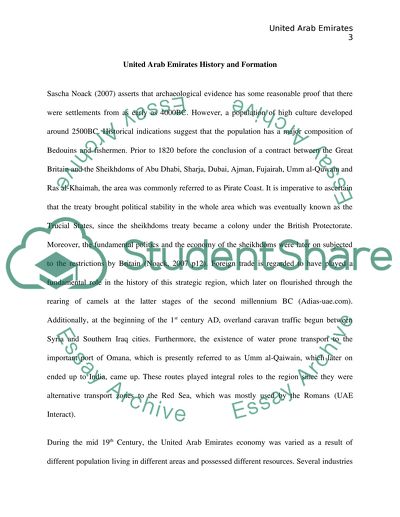Cite this document
(“United Arab Emirates Law and How It Bacame United Essay”, n.d.)
Retrieved from https://studentshare.org/history/1447600-united-arab-emirates
Retrieved from https://studentshare.org/history/1447600-united-arab-emirates
(United Arab Emirates Law and How It Bacame United Essay)
https://studentshare.org/history/1447600-united-arab-emirates.
https://studentshare.org/history/1447600-united-arab-emirates.
“United Arab Emirates Law and How It Bacame United Essay”, n.d. https://studentshare.org/history/1447600-united-arab-emirates.


